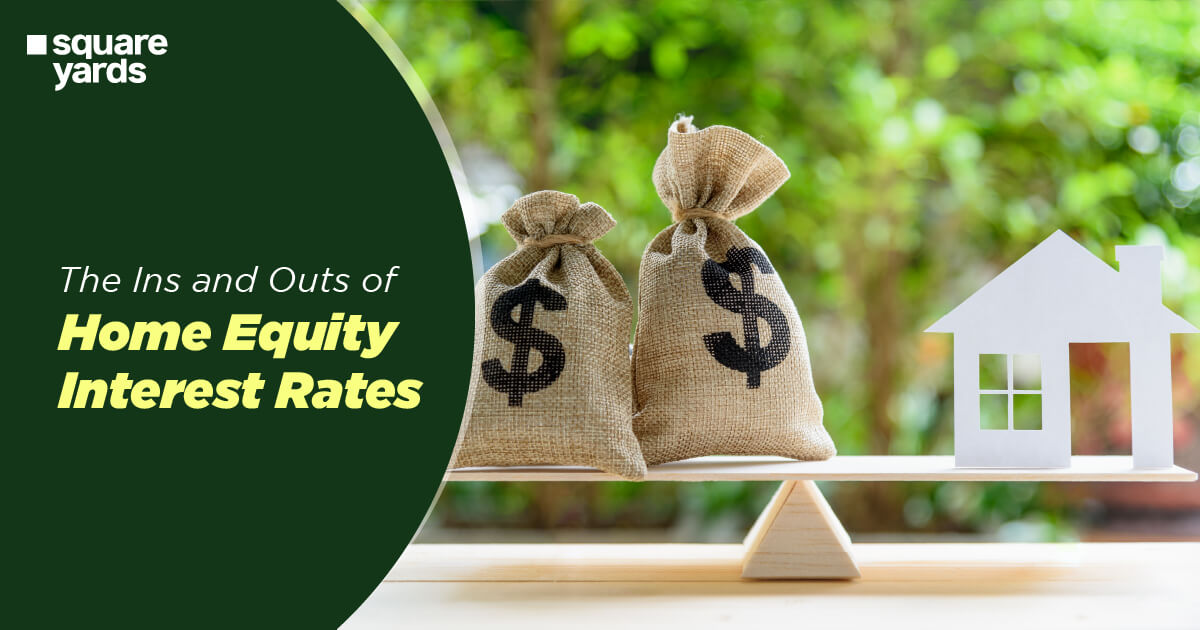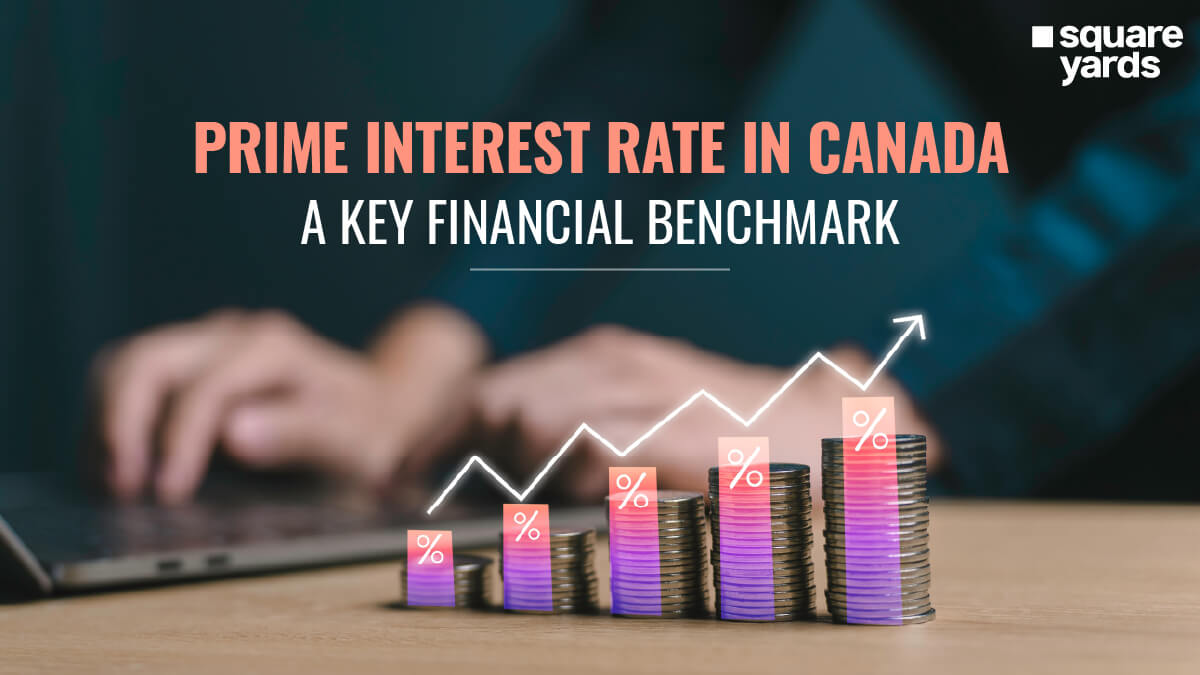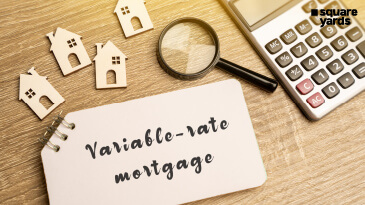Understanding home equity interest rates is essential for homeowners seeking to leverage the equity in their homes. Home equity can be a valuable financial tool, whether it’s for renovations, consolidating debt, or financing large purchases. This blog explores home equity basics, its significance, and the types of home equity debt. We will also discuss how interest rates of HELOC in Canada and equity line of credit interest rates are determined. Overall, this blog will provide insights into the current market trends.
Meaning of Home Equity?
Home equity interest rates represent the value of your ownership in your home. They are calculated by subtracting the remaining mortgage balance from the property’s market value. It’s the part of your home’s worth that you “own” outright. As you continue to pay down your mortgage and if your home’s value increases, your property equity grows. This equity is a valuable asset that homeowners can leverage for financial goals. In short, home equity represents the portion of your property that you truly “own.” It’s the difference between your home’s market value and the outstanding balance on your mortgage. As you pay down your mortgage, your equity increases. This offers a potential source of funding that can be accessed through loans or lines of credit.
Importance of Home Equity

Home equity is an important financial asset that can provide homeowners with flexibility and security. It can be used as a safety net in financial emergencies. This can also be used to finance major expenses without the high interest rates associated with credit cards or unsecured loans. Additionally, home equity can allow you to invest back into your property, increasing its value over time. A home equity loan or HELOC lets you use your home’s value to finance big costs. They offer more funds at lower rates than credit cards or personal loans. People often use them for home upgrades, debt consolidation, or unexpected medical bills.
Types of Home Equity Debt
There are two primary ways to borrow against home equity: Home Equity Loans and Home Equity Lines of Credit (HELOCs).
-
- Home Equity Loans provide a lump sum at a fixed home equity interest rate, with regular payments over a set term.
- On the other hand, HELOCs offer a flexible credit line with variable HELOC interest rates, allowing borrowers to draw and repay funds as needed.
This table shows the key differences between the two:
|
Home Equity Loans |
Home Equity Lines of Credit (HELOCs) |
|
Lump-sum payment |
Revolving credit line |
|
Fixed rates |
Variable rates |
|
Fixed monthly payments over a set term |
Flexible payments; interest-only options during the draw period |
Current Home Equity Interest Rates
Home equity interest rates and equity line of credit interest rates fluctuate based on several factors, including the Federal Reserve’s actions, market conditions, and the borrower’s creditworthiness. Currently, rates vary significantly across lenders, making it crucial for borrowers to shop around and compare offers.
|
LOAN TYPE |
AVERAGE RATE |
AVERAGE RATE RANGE |
|
Home equity loan |
8.59% |
8.41% – 9.49% |
|
10-year fixed home equity loan |
8.73% |
7.80% – 9.52% |
|
15-year fixed home equity loan |
8.70% |
7.92% – 10.23% |
|
HELOC |
9.01% |
8.51% – 10.22% |
The Fed and its Impact on Home Equity Rates
The Federal Reserve (the Fed) significantly determines interest rates, including those for home equity products. When the Fed raises its rates, HELOC interest rates typically increase, as they are often tied to the prime rate, which moves in line with Fed adjustments. Conversely, home equity loan rates may be less directly affected but still tend to follow broader interest rate trends.
The Federal Reserve’s decisions on interest rates influence the cost of borrowing for various financial products, such as home equity loans and Home Equity Lines of Credit (HELOCs). A decrease in the Fed’s key rate typically leads to lower interest rates for HELOCs and new home equity loans, while an increase has the opposite effect. If you’re considering getting a home equity loan or already have a HELOC, monitoring how their rates may shift after Fed announcements is important.
Average Home Equity Loan Rates by Market
The average home equity loan rate varies by market. It is influenced by local economic conditions, lender competition, and overall loan demand. Borrowers can expect differences in rates from one region to another, highlighting the importance of local research when seeking a home equity loan.
Average HELOC Rates by Market

Similarly, average HELOC interest rates also differ by market. Variable rates mean that what starts as a low-interest opportunity can adjust over time, impacting your repayment amount. Monitoring market trends and the Fed’s actions can help borrowers anticipate changes in their HELOC rates.
Conclusion
Understanding home equity interest rates is crucial for homeowners considering leveraging their home equity. Whether choosing a fixed-rate home equity loan or a variable-rate HELOC, it’s important to stay informed about the factors influencing rates and to compare offers from multiple lenders. Doing so can ensure that you secure the best possible rate, making your home equity work effectively for your financial goals.
You May Also Read
|
Guide To 3 Year Fixed Mortgage Rates |
|
|
Know The Canada Mortgage Approval |
|
|
Understand Pine Mortgage in Canada |
|
|
All About Mortgage Prepayment Penalty |











